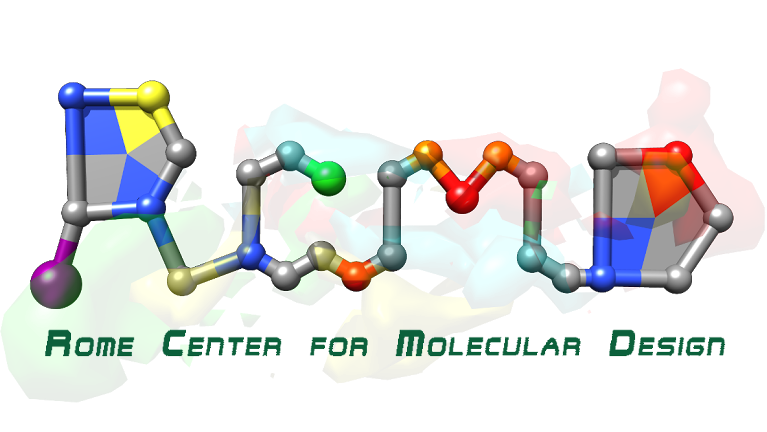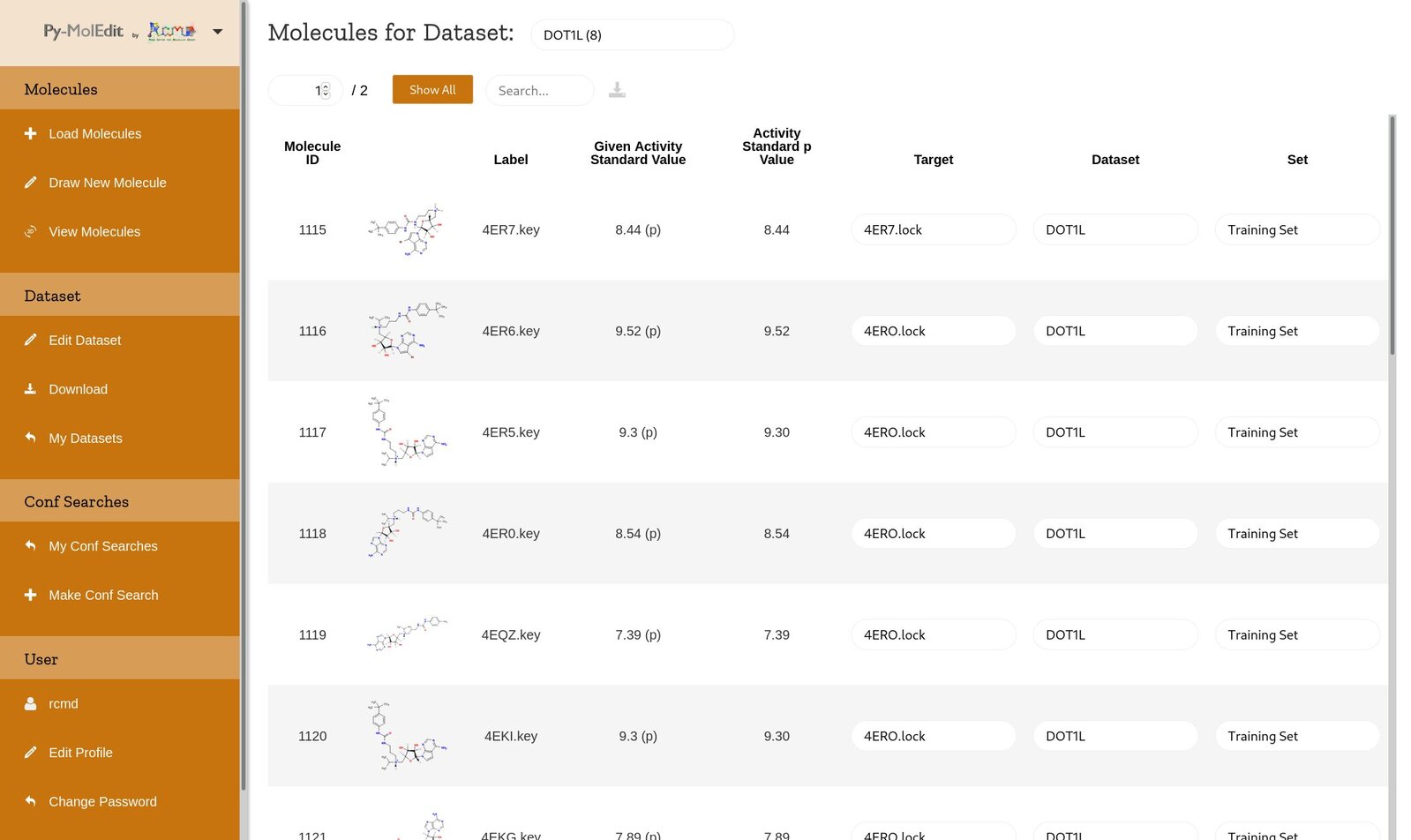Upcoming Features
Our work is heavily focused on modern state-of-the-art
research that although extremely promising, also
constitutes uncharted territory for actual usage in
drug-discovery. We want to bridge that gap.
Graph Convolutional Networks
GCNs are a special kind of Neural Network which takes
a graph as input: Each node can have its own properties
and the learning algorithm synthesizes this information
into features that are used for predicting some kind of value.
It is immediate to realize how suited this technology can be
for dealing with molecules. We are working on these kind of tools
to make an important leap into the development of QSAR models that
take into account more molecular information and doing so in an
intuitive yet effective manner.
Network Explainability
A common limit of neural networks especially in delicate
fields like medicine and drug-design, is their "opaqueness":
we as humans cannot understand the reasons for why a network
gives a specific output or why it recognizes a molecule to be active
or not. Modern research focuses on getting this insight and understand
which parts of the input are influencing the output the most.
Applying Explainability to molecules we are able to understand which
parts are contributing the most and let researchers focus on those building
a map around the molecule. We are able to do so with highly
effective architectures that previously may have been discarded
because of unexplainable predictions.


